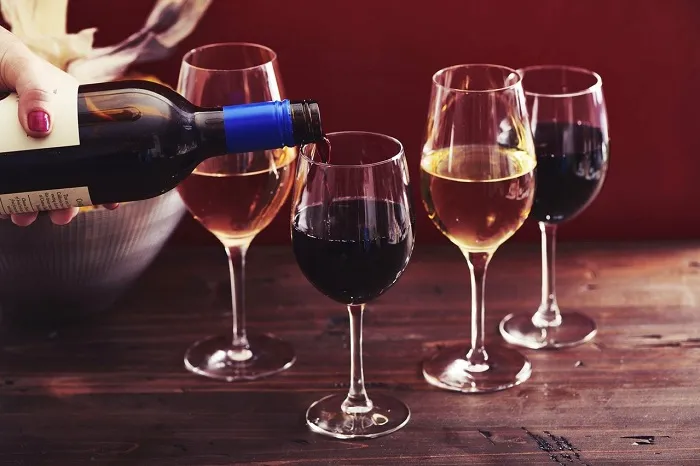Wine has undergone a significant transformation over millennia, evolving from a basic sustenance to an integral component of contemporary dining experiences. This journey reflects broader cultural, social, and culinary shifts that have shaped its role at the table.
Origins in Prehistory
The earliest evidence of winemaking dates back to between 5,400 and 5,000 BCE in the Zagros Mountains of present-day Iran. Archaeological findings indicate that early humans consumed a fermented beverage made from crushed grapes stored in clay jars. At this stage, wine was often mixed with grains or even beer, serving as a nourishing and hydrating mixture rather than a standalone drink.
Separation from Food
As societies transitioned from nomadic to settled lifestyles, wine began to distinguish itself from food. This shift is evident in the design of containers specifically made for pouring liquids. In ancient Mesopotamia and Egypt, wine was reserved for royalty and religious ceremonies, reflecting its elevated status.
Wine as Medicine
During the Middle Ages, wine was both a beverage and a medicinal agent. Medical texts from this period recommended different types of wine for various health conditions. According to Hippocratic medicine, later expanded by Galen, the human body mirrored the universe’s balance of hot, cold, wet, and dry elements. Wine was considered hot and dry, believed to aid digestion and act as a restorative agent.
Culinary Integration
The transformation of wine from food to drink accelerated in ancient Greece. Wine was consumed alongside solid foods at banquets and during symposia—events that encouraged conviviality and mild intoxication. Greek wine was rarely drunk pure; it was diluted with water and flavored with herbs or spices. The connection between red meat and red wine can be traced back to this era, as described in Homer’s Iliad.
In ancient Rome, wine became a staple at meals as Romans shifted from porridge-based diets to solid foods that required beverages for easier consumption. Wine production expanded dramatically to meet demand across all social classes. Even Roman soldiers drank “posca,” a mix of vinegar and water.
Medieval and Renaissance Developments
A thousand years later, religious orders played a key role in viticulture, especially in Burgundy. Wine became central to Christian rituals as it symbolized Christ’s blood during Mass. Nobles also drank wine with meals, particularly game meats from hunting. In medieval cuisine, wine was widely used for cooking sauces and marinades.
Wine consumption spread among peasants as well, especially in southern France where other regions preferred cider or beer. Popular practices included adding wine to soup or dipping bread into sweetened red wine. The pairing of wine with cheese likely originated among rural populations; cheese remained a humble food until modern times.
From the Renaissance onward, wine consumption increased steadily in France’s royal courts. Louis XIV favored champagne—then still non-sparkling—not at meals but throughout the day for refreshment and health reasons.
Modern Pairing and Professionalization
The systematic pairing of food and wine began to take shape only in the late 19th century. At Paris’s Café Anglais in the 1880s, chefs sometimes created dishes based on selected wines or vice versa—a practice that foreshadowed modern food-and-wine pairings but was not yet widespread.
It wasn’t until the 1960s that wine became truly inseparable from fine dining in France. Several factors contributed: improved quality through appellation systems (AOC), declining consumption of low-quality “table wines,” and an overall drop in volume but rise in quality expectations. Restaurants began focusing on matching specific wines with dishes rather than serving one bottle throughout a meal.
The sommelier profession also evolved during this period. While sommeliers existed since medieval times handling various hospitality duties, their role as dedicated wine stewards emerged in early 19th-century restaurants and became professionalized through formal training by the 20th century. Today’s sommeliers are key figures in high-end dining establishments, responsible for curating pairings that enhance the dining experience.
Conclusion
The evolution of wine from a basic sustenance to a refined accompaniment in modern dining reflects broader cultural, social, and culinary transformations. Understanding this journey provides insight into how food and beverage practices have developed over time, shaping contemporary dining experiences.
You Might Be Interested In:


